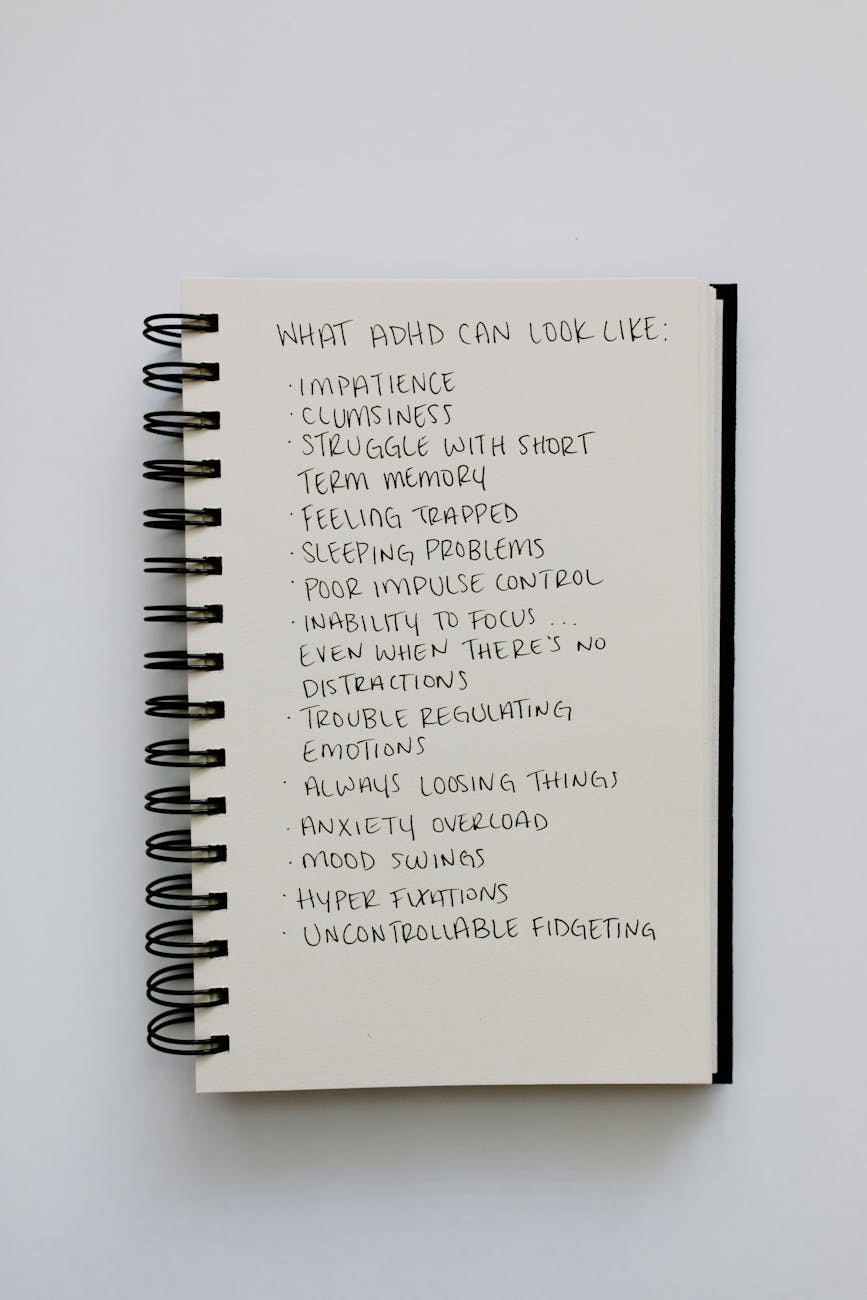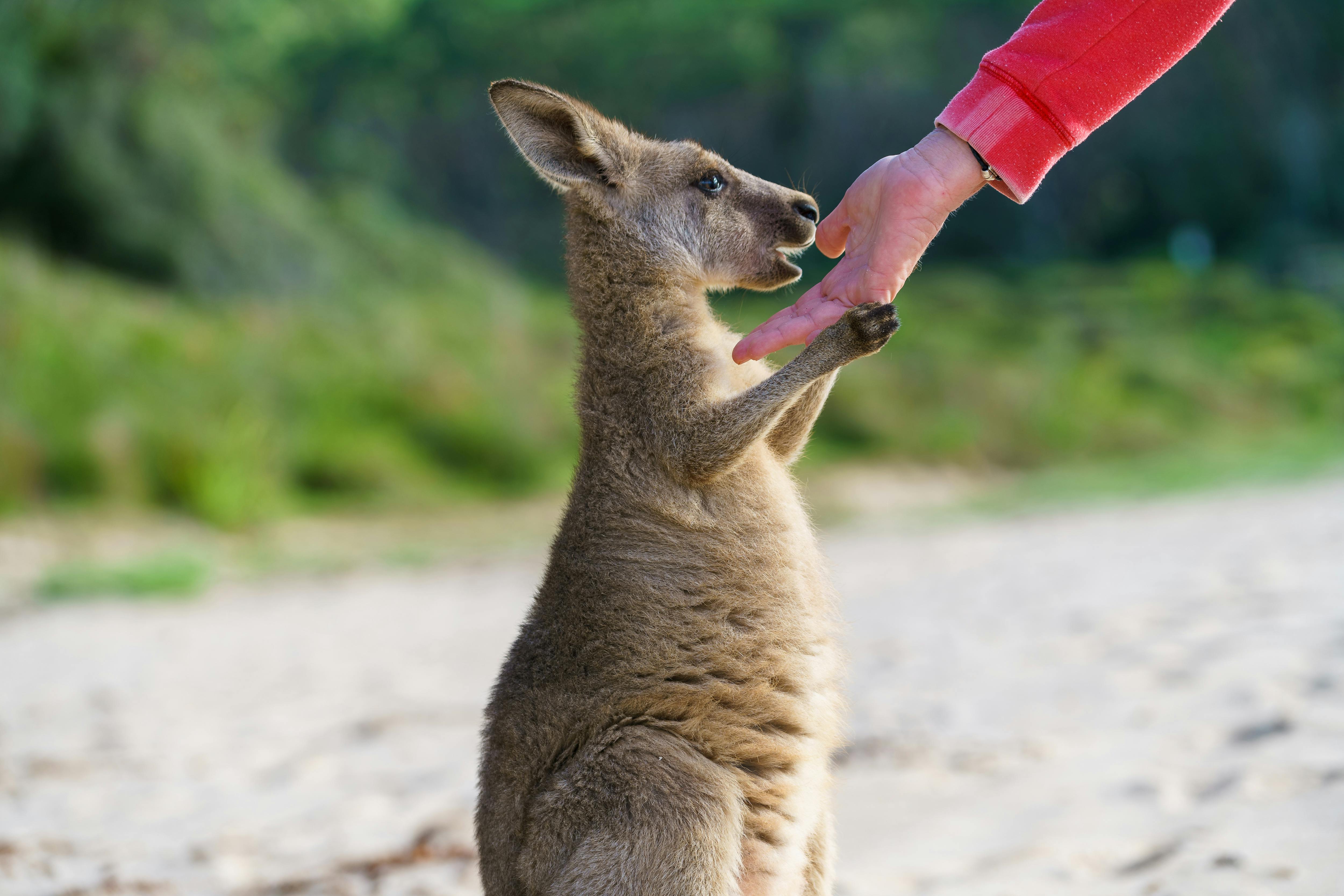The Psychology of Impulse Buying: Understanding the Consumer Mind

Decoding the Impulse Buy Phenomenon
Impulse buying is a common phenomenon where consumers make unplanned purchases without much consideration. This behavior is influenced by various psychological factors that marketers often capitalize on. Understanding the psychology behind impulse buying can provide valuable insights into consumer behavior.
The Role of Emotions
Emotions play a significant role in triggering impulse purchases. Marketers use emotional appeals in advertisements to evoke positive feelings and create a sense of urgency. Whether it's the fear of missing out or the thrill of getting a good deal, emotions can override rational decision-making.
Scarcity and Social Proof
Strategies like limited-time offers and social proof (e.g., customer reviews, endorsements) can create a sense of scarcity and increase the perceived value of a product. Consumers often feel compelled to buy when they believe they might miss out on something valuable.
The Influence of Environment
The shopping environment can also influence impulse buying. Bright lights, lively music, and attractive displays can stimulate desire and encourage spontaneous purchases. Retailers strategically design store layouts to guide consumers and tempt them with impulse buys.
Overcoming Impulse Buying
While impulse buying can be thrilling, it can also lead to buyer's remorse and financial strain. To avoid falling prey to impulse purchases, it's essential to recognize triggers, set a budget, and practice mindful shopping. By understanding the psychology behind impulse buying, consumers can make more informed purchasing decisions.





